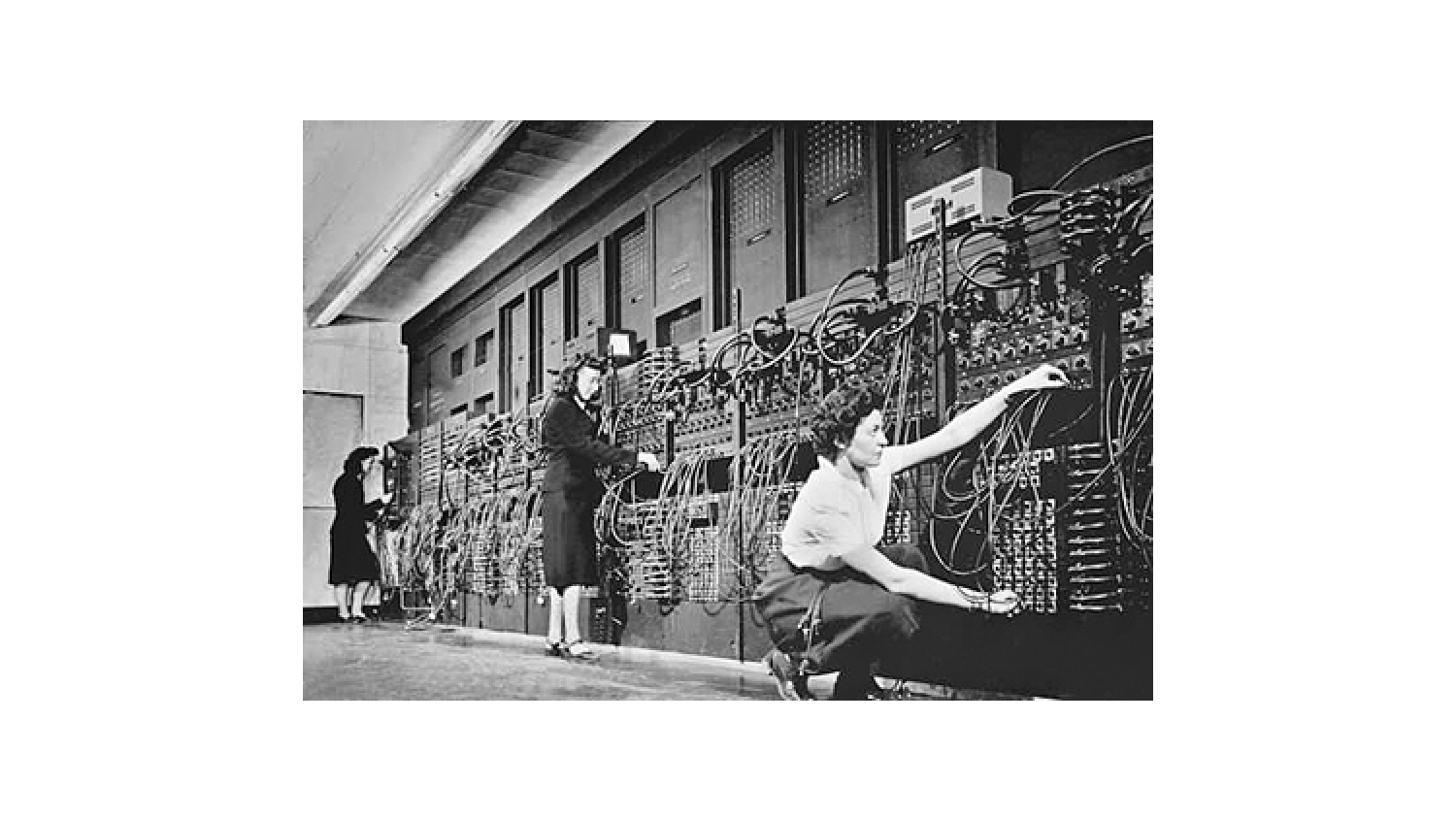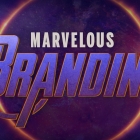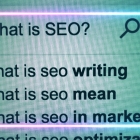Nerd Girls: A Brief History of Women in Computer Programming
When we think about computer programmers, lots of times we picture men doing the job, but that stereotype is not so true, and today, we’re going to turn that whole idea on its ear.
It’s time the ladies took the spotlight here because women have a long, often overlooked history in computer programming. So, today we’re going to talk about that a little bit, but we’re going to paint this picture with some really broad strokes since this is a very big topic. We couldn’t hope to do it justice in a tiny blog post, so let’s do some highlights!
Ada Lovelace
From 1842-1843 Ada Lovelace, daughter of Lord Byron the famous poet translated an article about Charles Babbage’s Analytic Engine. In her notes, she described an algorithm that is thought of as the first computer program, making her the first computer programmer. Her work was actually still benefiting computer scientists into the 1960’s, and Lovelace even predicted that computers could one day be able to play music and chess. AND she did it all while wearing a corset and a fancy hat. How many men can say that?
ENIAC girls
During WWII, tens of thousands of women took the place of men who were engaged in the war effort. At the time, computers were actually people with ah-mazing math skills who were able to calculate complex ballistics trajectories for the U.S. Army. So, really, some of the first computers were actually women. Crazy, right?
When the process of calculation shifted from manual, paper-based calculations to machine based calculations, women went right along with the shift. When the ENIAC (Electronic Numerical Integrator And Computer) project started, six of the best human computers were chosen to help out. They were Kathleen McNulty, Frances Bilas, Betty Jean Jennings, Elizabeth Snyder Holberton, Ruth Lichterman, and Marilyn Wescoff and they were collectively known as the “ENIAC girls.” These women are considered to be the first computer programmers, or as they were called back then, “coders.”
Coding wasn’t as sexy as it is now, and it was in fact considered to be low-level clerical work that didn’t require highly specialized skills. Of course, we know this is just silly now, but men coming home from war and returning to their old lives spent a lot of time trying to distance themselves from “coding” which implied manual labor like translation and transcription in favor of “programming” which was more system oriented, and therefore, a man’s job.
But, it was the same job.
After the war, these ladies were sent back to their regular lives and they all but disappeared from the forefront of the programming field. If you’re interested in reading more about the ENIAC Girls, you can refer to When Computers Were Women by Jennifer Light. We highly recommend reading it. It’ll get you fired up!
History has put the spotlight on the men involved in the creation of early computers, but as we’ve just described, there were many women running code and debugging machines. In fact, Grace Hopper documented the first actual computer bug when a moth was removed from a computer she was working on.
Grace Hopper
In 1947, Grace Hopper, an admiral in the U.S. Navy and pioneer of computer programming popularized the term de-bugging as it refers to fixing computer glitches. She was one of the first programmers of the Harvard Mark I and II computers, and she conceptualized the idea of machine-independent programming languages, which led to COBOL--one of the first modern programming languages. In 1969 that achievement won her the honor of being Computer Sciences Man of the Year by the Data Processing Management Association.
Hopper had a long career in computing and her accomplishments and contributions to her field are far too many to include here. So for now, we’ll just refer you to this article if you’d like to learn more about her. They didn’t call her “Amazing Grace” for nothing, just sayin.’
And many, many others…
We’re running out of space, GLAD WORKS friends, and that makes us sad because we’d love to tell you about the many, many other women who have made significant contributions to the field of computer programming. This article has a great timeline of accomplishments made by women as well as some resources for further exploration.
Next week, we’ll continue this discussion with an interview with our very own Brittany Turcotte, who we are proud to have on our team as an absolutely indispensable Web Developer.
- See more at: http://gladworks.com/blog/nerd-girls-brief-history-women-computer-programming#sthash.iWKNAjs7.dpuf

 An agency-eye view of Marketing, Advertising, Branding, Design & Media.
An agency-eye view of Marketing, Advertising, Branding, Design & Media.





This article was rather helpful. Not only is it a good summary, but it introduces some people and history most folks are unaware of. Not many folks know that Ada Lovelace was Lord Byron's daughter, let alone the first real computer programmer. I had never heard of the "ENIAC Girls", and the link and the link to Jennifer Light's truly good article was a real help. Nor had I ever heard of Grace Hopper (that I remember) and her career is truly fascinating. Many thanks for a good, good, enlightening article.
Thank you so much for your comments, Paul. It's always nice to know that you've put something out there that can be of some use. Hope to see you back here sometime. :)